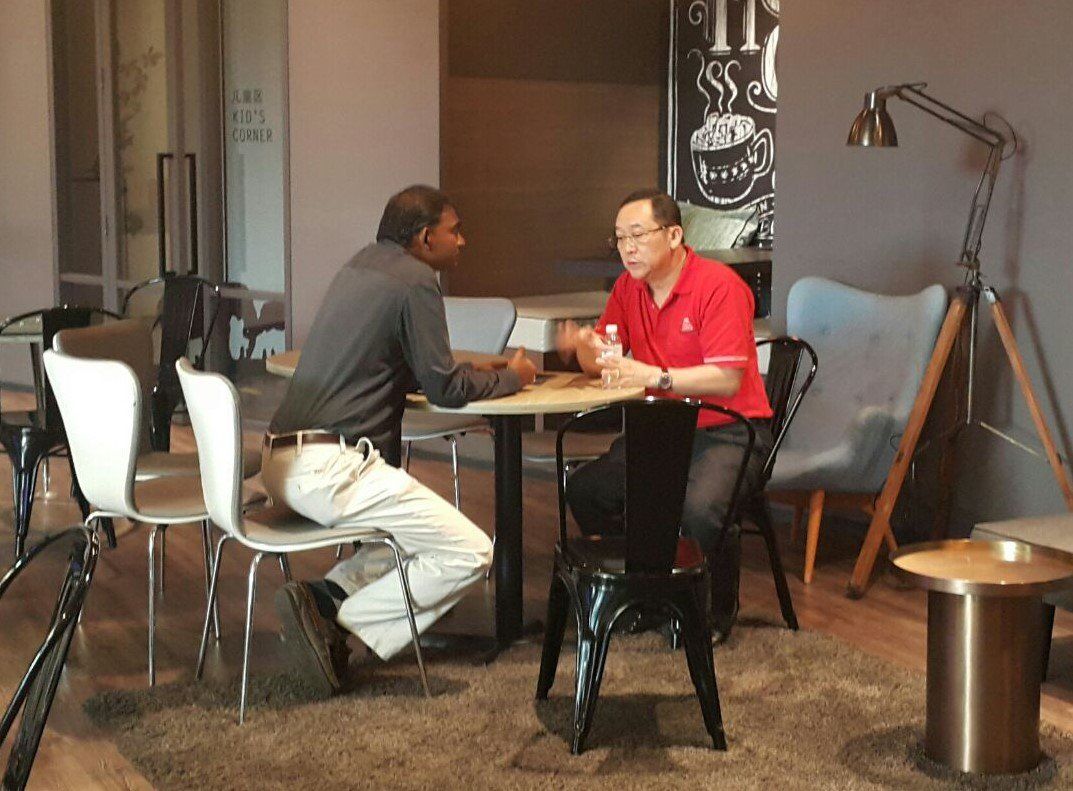The Dos and Don’ts of Recruiting Top Tier Talent

Leaderonomics Archives
It only takes seven seconds to form a first impression. So, when recruiting for a rockstar role, that impression may have dramatic consequences – for better, or unfortunately, for worse. Recruitment is a challenging process for many companies, and you’ll have likely met a candidate who can charm you and sell themselves well, only to under-deliver upon appointment. From that moment onwards, you feel trapped and need to restart the process to eliminate bad hires. Sound familiar?
Sometimes when you meet candidates who can turn up the charm, it’s tricky to anticipate bad hires. From what to watch out for in the interview process to knowing if they’ll fit into your company’s working culture, here I reveal my essential dos and don’ts of recruiting top tier talent, showing you how to hire effectively.
DO: Be mindful of mirroring in the job interview process
There are many ways to appear likable in a job interview. One of the patterns displayed during the interview process that I notice from ‘smart’ candidates is mirroring. That is; consciously reflecting my words and body language in order to quickly gain my trust throughout our conversation.
Whilst it’s natural to want to get into a comfortable rhythm together, be mindful of candidates who are clearly adopting the practice of mirroring so you don’t let your guard drop. Often, you won't notice it, especially when you’re occupied in conversation.
Being aware of mirroring helps you not get too comfortable with the candidate, and know that they are purposefully using a deliberate tactic to get you on side.
If you are a sales leader, check out these recruiting strategies for sales leaders
DON’T: Rely on psychometric testing
According to MISCO, about 75% of Fortune 500 companies use psychometric testing in recruitment. Realizing there are weaknesses in the interview process, companies make strategic efforts by introducing these aptitude or psychometric tests.
Whilst they may seem like a good idea to weed out the weirdos, according to 2020 research by Dr. Nicolas Roulin, associate psychology professor at Saint Mary's University Halifax, Canada, candidates simply tailor their answers on personality tests to look like they are a better fit for the company.
Let's take The Myers-Briggs (MBTI) personality test as an example. Several studies indicated as many as 50% of the people would be classified into a different type when they retake the test within just five weeks!
In other words, the reliability of psychometric tests is questionable and most likely a waste of time and investment. Furthermore, award-winning social psychologist Ron Friedman claims that 81% of candidates lie during a job interview.
DO: Establish their working style in the interview
As legendary management consultant Peter Drucker said, “culture eats strategy for breakfast.” So, one of the essential traits to gauge your prospective candidate is their working style. Are they collaborative or are they an individual contributor?
If you are in software development, this discussion is akin to Scrum versus Kanban methodologies. There is no right or wrong; it is okay to either be a collaborative or an individual contributor but undoubtedly crucial to understand.
If you’re considering hiring a candidate who’s a rockstar talent in their current company, spend some time listening to stories about their working style. It could be that it’s their working environment that enables them to be that individual rockstar talent.
On the other hand, some candidates prefer to go beyond delivering business-as-usual. They would like to have authority, coaching opportunities, and help others deliver in more efficient ways, usually involve a collaborative environment. So, what happened when they join a new company that required everyone to work in the silo? Would they thrive?
Chances are they are still able to deliver good results, partly because of their working attitude, but likely they won't stay for long. Their expectation in terms of salary package or benefits could be met. But the need to feel self-satisfaction to grow in the collaborative environment would likely hurt them after a while. The timeline to quit depends on the transparency and trust that they have in the company.
Establish their working style first, and you’ll avoid making bad hires.
DON’T: Hire a candidate that has the same personality as you
During the interview process you may find your personality clicking with the candidate. You many even discover you have similar interests during friendly asides afterwards. Be wary that
these familiarities could put you in a comfort zone. You may like the person a lot, but it doesn't mean they’re suitable for the job role.
Recognize the importance of varying personality types, strengths, and weaknesses for the growth of your business. For example, the talent could be a thinker and known to generate brilliant new ideas. But if you ask the same person to upgrade the idea, make it more presentable creatively via visual or videos, their introverted nature could make it a big challenge for them.
Conversely, an extrovert CXO may talk the talk but not walk the walk. Remember, when hiring top tier talent, you need people with different skillsets to complement each other so celebrate differences with an open mind.
DO: Understand your company's working culture…and if they will fit in
Think you know your company’s culture inside out? Be sure to double check. The culture of your company is a fluid, ever-changing organism, especially as it grows. As a startup with less than 20 employees, the culture could be well established, but as you grow to 100-300 employees, the culture would need to evolve to support your new growth objectives.
Knowing that your company culture will change, it has to be clear in your mind about which direction it will take. In that sense, future-proofing your company’s culture will help you assess prospective candidates accordingly by knowing if they’ll be a good fit or not.
As your company continues to expand, managing cultural shifts will become even more pivotal. It's essential to foster an environment that not only attracts top talent but also retains your existing workforce. This involves aligning your recruitment strategies with the evolving culture and leveraging recruitment database software to streamline the process, ensuring each new hire contributes positively to your company's growth and values.
Tech businesses could also leverage tech recruiting solutions to identify and engage candidates who align with both the technical requirements and cultural ethos of the company. These solutions use advanced analytics and AI to predict candidate success, making it easier to match the right talent to your evolving needs. By integrating such tools into your hiring strategy, you can optimise efficiency, maintain cultural harmony, and stay ahead in a competitive market.

Read: Why Recruiting is broken and how it can be fixed
DO: Recognize these red flags after hiring for a leadership position
You’ve made the leap and appointed a top tier manager or high-level executive. Their resume shone like a star and they dazzled in their interview. But when they get down to business, something doesn’t feel quite right. If you suspect their leadership is lacking, be on your guard for these red flags:
- They have a low trust level
- Low Employee Engagement Index
- Boundaries are not being respected
- They engage in public shaming
- They don't listen and just cut you off
- It’s their way or the highway
- Employees are resigning for the same reason
- They create superficial conversations
- Their fickle-minded attitude causes confusion
- They engage in favoritism
- They often blame others
- They create conflict within the team
- They micromanage
- There is a mismatch of the KPIs set and their actual work
- They take credit for others’ hard work
And don't forget to engage the folks you worked so hard to recruit. Engagement is key to long-term retention.
Check out this video below on how Happily can help you engage your employees on an on-demand basis:
To get more information on Happily, email info@leaderonomics.com
Functional
Tags: HR





